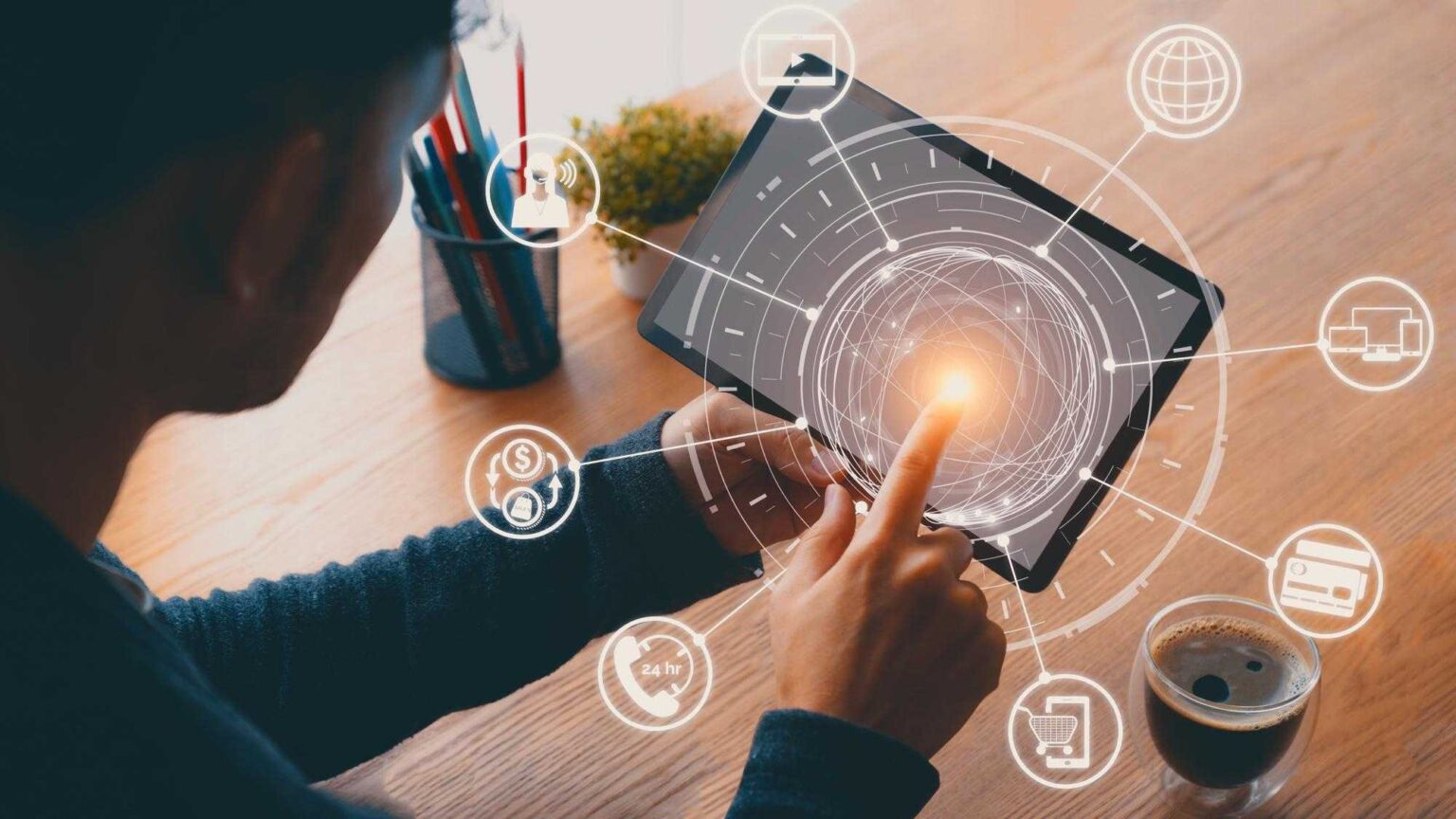Data analytics and the Internet of Things (IoT) go hand in hand, working together to unlock valuable insights from the vast amount of data generated by connected devices. IoT refers to the network of physical objects embedded with sensors, software, and connectivity, enabling them to collect and exchange data. When combined with data analytics techniques, IoT data can be transformed into actionable insights. Here’s how data analytics and IoT work together:
- Data Collection and Integration:
- IoT devices collect data from various sources, such as sensors, wearables, machines, vehicles, and environmental systems.
- Data analytics platforms gather and integrate data from these IoT devices, combining structured and unstructured data for analysis.
- Real-time Monitoring and Alerting:
- IoT data analytics enable real-time monitoring and alerting based on data streams from connected devices.
- Anomalies, threshold breaches, or unusual patterns detected in IoT data trigger alerts, allowing proactive actions to be taken.
- Data Visualization and Dashboards:
- IoT data is visualized through interactive dashboards and visualizations, providing intuitive representations of the data.
- Visualizations help users understand and interpret IoT data in real-time, making it easier to identify trends, patterns, and anomalies.
- Predictive Maintenance and Optimization:
- Data analytics algorithms applied to IoT data enable predictive maintenance and optimization.
- By analyzing historical IoT data, patterns and indicators of potential failures or maintenance needs can be identified, leading to proactive maintenance and improved operational efficiency.
- Operational Efficiency and Resource Optimization:
- IoT data analytics help optimize operations by identifying areas for improvement and resource optimization.
- Insights gained from analyzing IoT data can lead to better resource allocation, reduced energy consumption, improved production efficiency, and streamlined logistics.
- Predictive Analytics and Forecasting:
- IoT data can be leveraged for predictive analytics and forecasting.
- By applying machine learning and statistical models to IoT data, future trends, demand patterns, and market forecasts can be predicted, enabling informed decision-making.
- Customer Insights and Personalization:
- IoT data analytics enables the collection and analysis of customer behavior data.
- By analyzing data from connected devices, organizations can gain insights into customer preferences, usage patterns, and needs, allowing for personalized marketing, product recommendations, and enhanced customer experiences.
- Environmental Monitoring and Sustainability:
- IoT data analytics plays a crucial role in environmental monitoring and sustainability initiatives.
- By analyzing data from environmental sensors, organizations can monitor air quality, water quality, energy consumption, and waste management, leading to informed decision-making and sustainable practices.
- Supply Chain Optimization:
- IoT data analytics helps optimize supply chain management by providing real-time visibility into inventory levels, transportation conditions, and demand patterns.
- By analyzing IoT data, organizations can improve logistics, reduce delays, optimize inventory management, and enhance overall supply chain efficiency.
- Enhanced Safety and Security:
- IoT data analytics enhances safety and security by analyzing data from connected devices and identifying potential risks or security breaches.
- Anomalies or suspicious patterns in IoT data can trigger alerts, enabling timely response and mitigating risks.
The combination of data analytics and IoT enables organizations to gain valuable insights, make data-driven decisions, optimize operations, enhance customer experiences, and drive innovation. By harnessing the power of connected devices and analyzing the data they generate, organizations can unlock new opportunities and transform their business processes.



